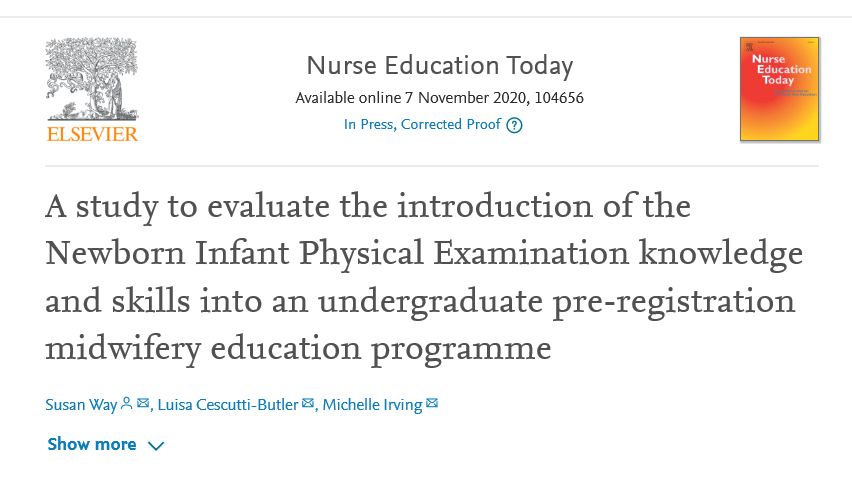 Congratulations to Prof. Sue Way, Dr. Luisa Cescutti-Butler and Dr. Michelle Irving on the publication today of their latest article ‘A study to evaluate the introduction of the Newborn Infant Physical Examination knowledge and skills into an undergraduate pre-registration midwifery education programme’ [1]. This paper published in Nurse Education Today uses the principles of FUSION, bring together Education (undergraduate midwifery education), Practice (examination of the newborn) and Research (evaluation study). This paper adds to the growing list of publication on aspects of midwifery education by academics in the Centre for Midwifery, Maternal & Perintal Health (CMMPH).
Congratulations to Prof. Sue Way, Dr. Luisa Cescutti-Butler and Dr. Michelle Irving on the publication today of their latest article ‘A study to evaluate the introduction of the Newborn Infant Physical Examination knowledge and skills into an undergraduate pre-registration midwifery education programme’ [1]. This paper published in Nurse Education Today uses the principles of FUSION, bring together Education (undergraduate midwifery education), Practice (examination of the newborn) and Research (evaluation study). This paper adds to the growing list of publication on aspects of midwifery education by academics in the Centre for Midwifery, Maternal & Perintal Health (CMMPH).
Congratulations!
Prof. Edwin van Teijlingen
CMMPH
Reference:
- Way, S., Cescutti-Butler, L., Irving, M. (2020) A study to evaluate the introduction of the Newborn Infant Physical Examination knowledge and skills into an undergraduate pre-registration midwifery education programme, Nurse Education Today, https://doi.org/10.1016/j.nedt.2020.104656.
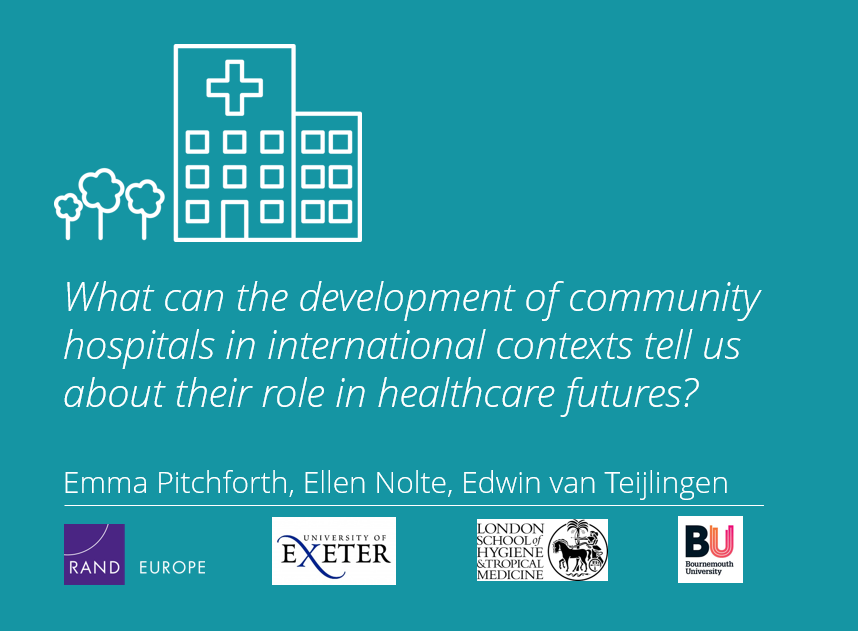


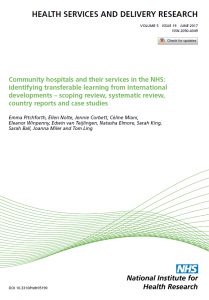
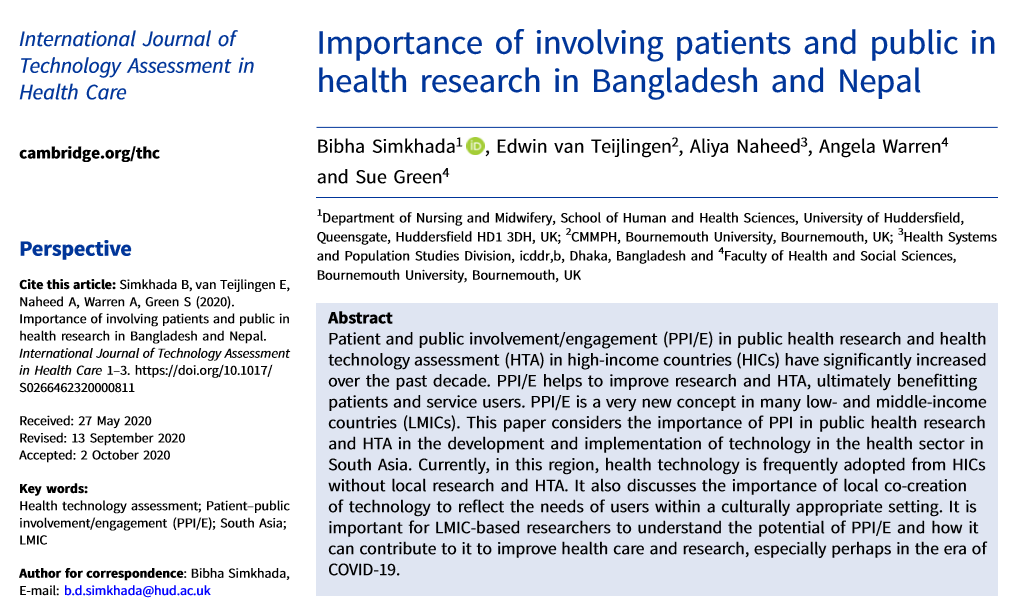

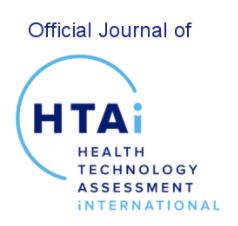
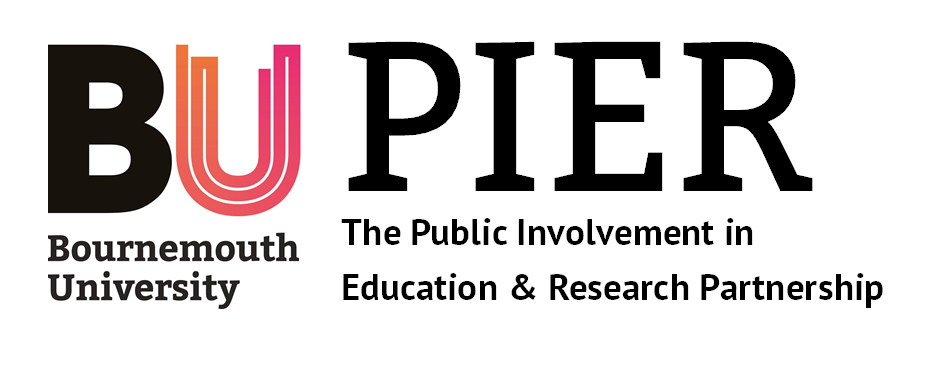
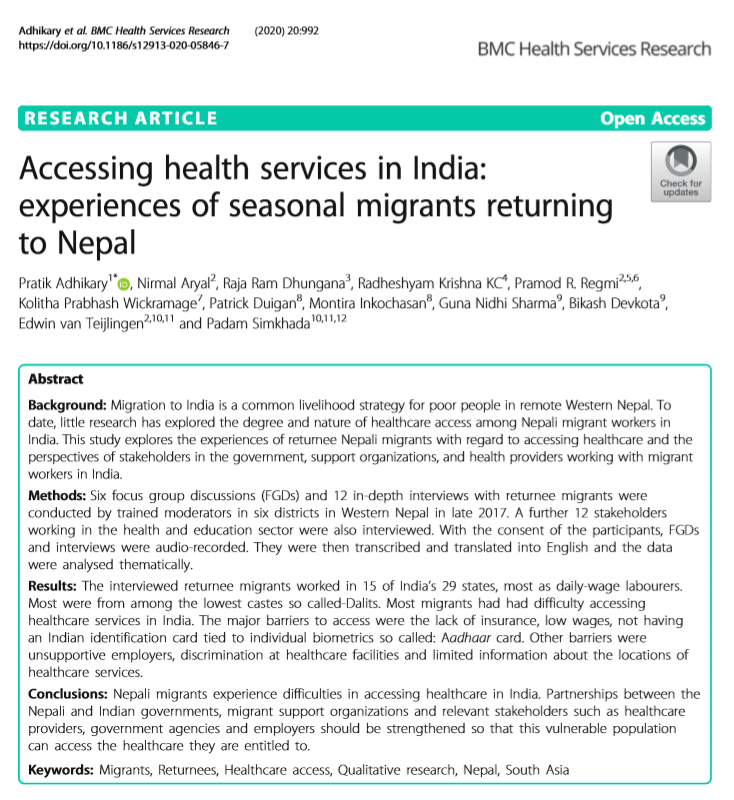

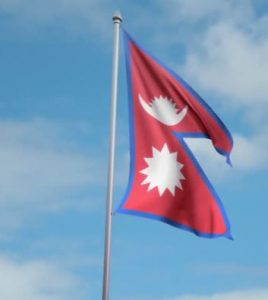


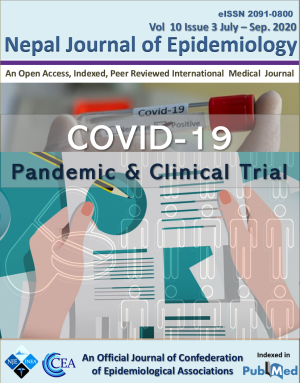

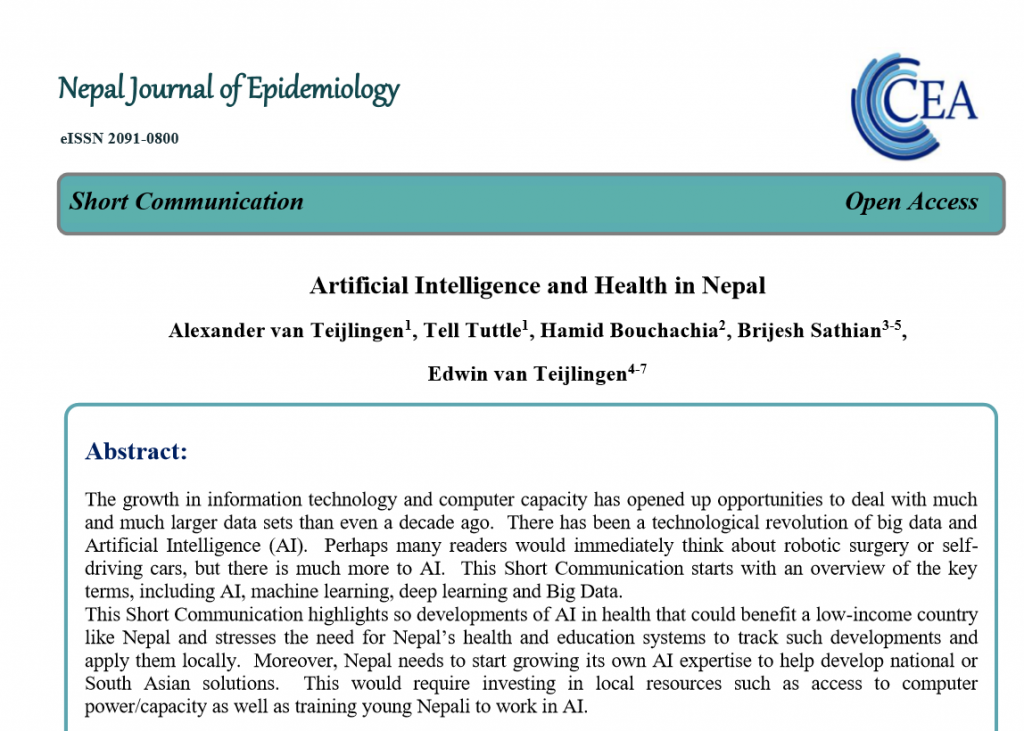

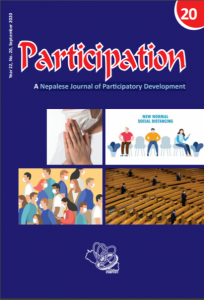

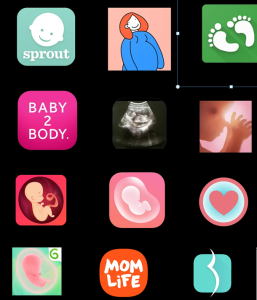
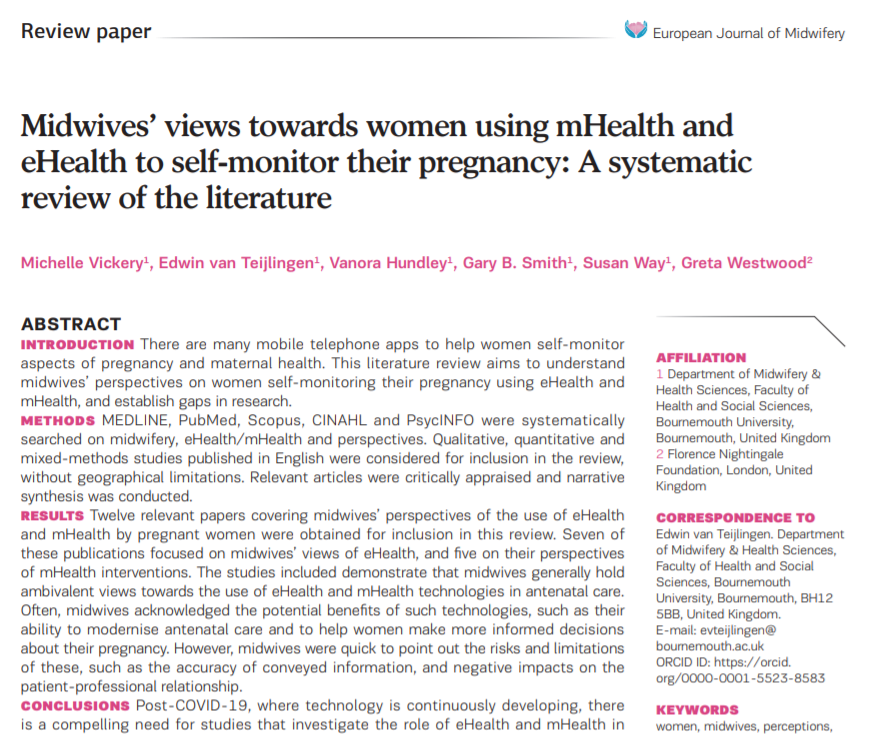
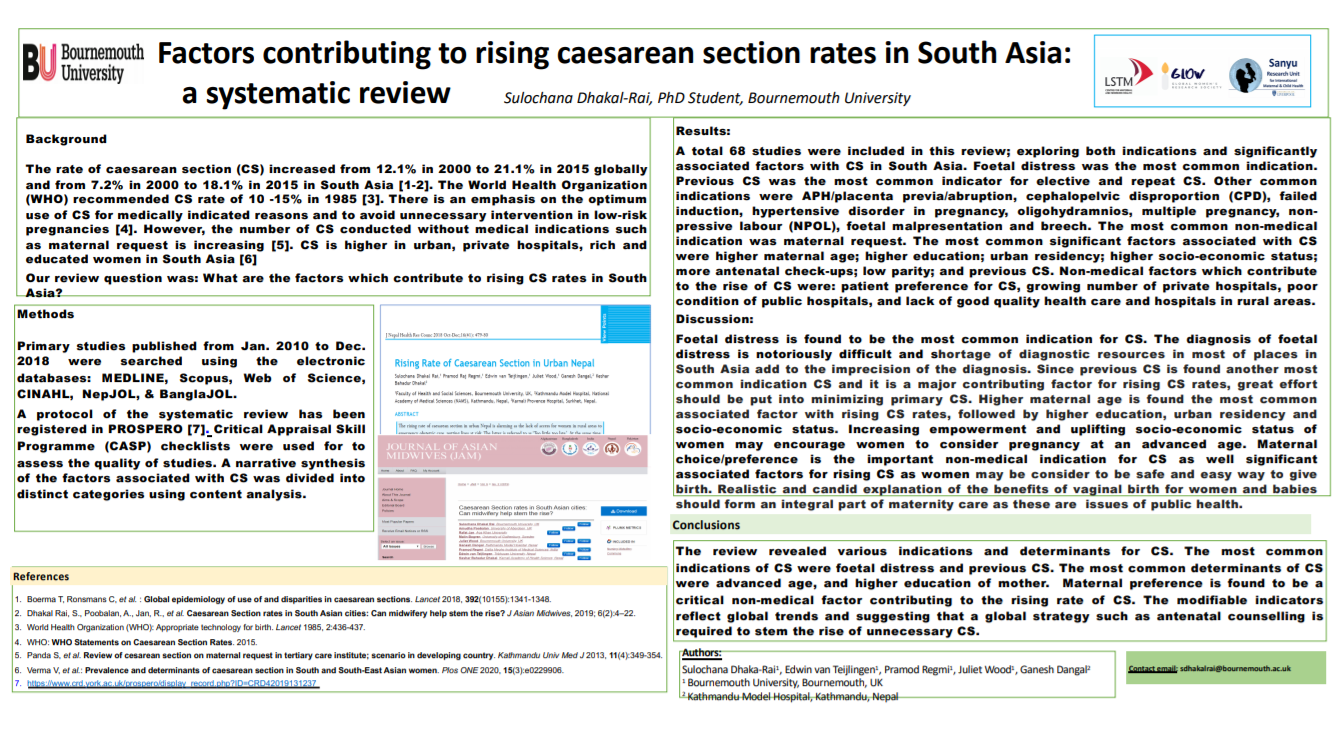
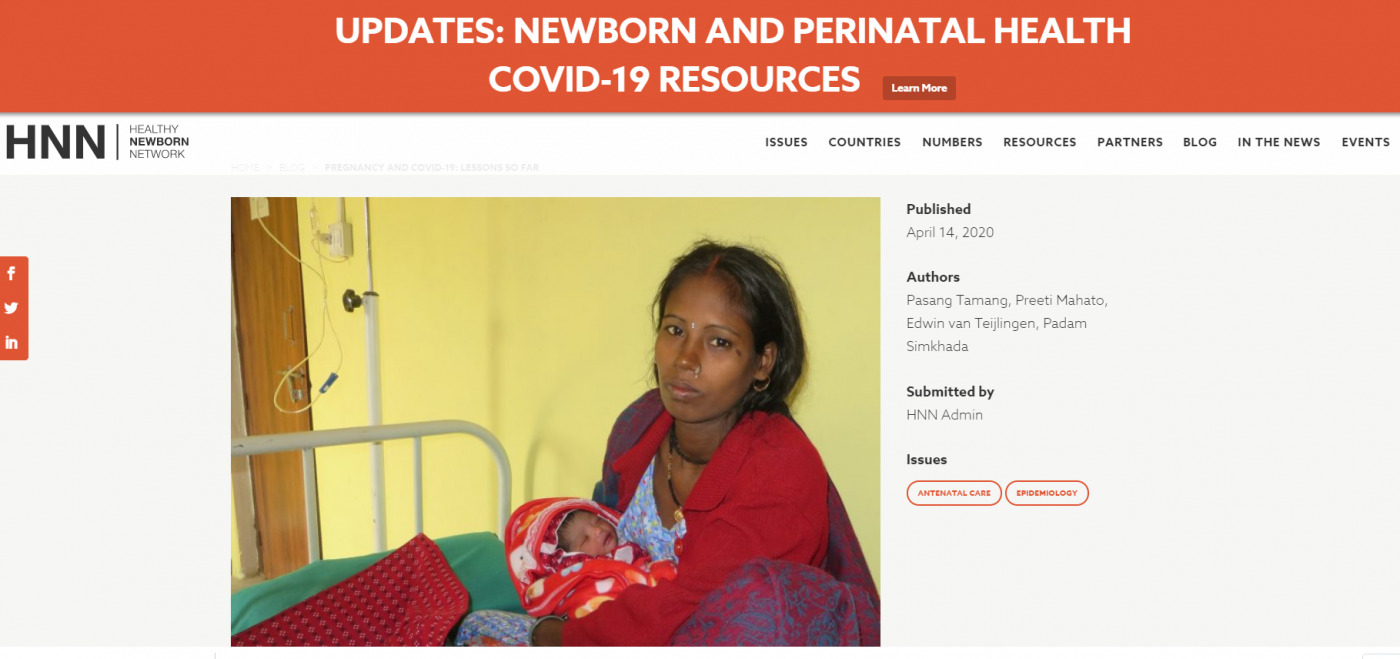

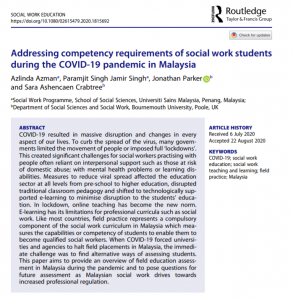
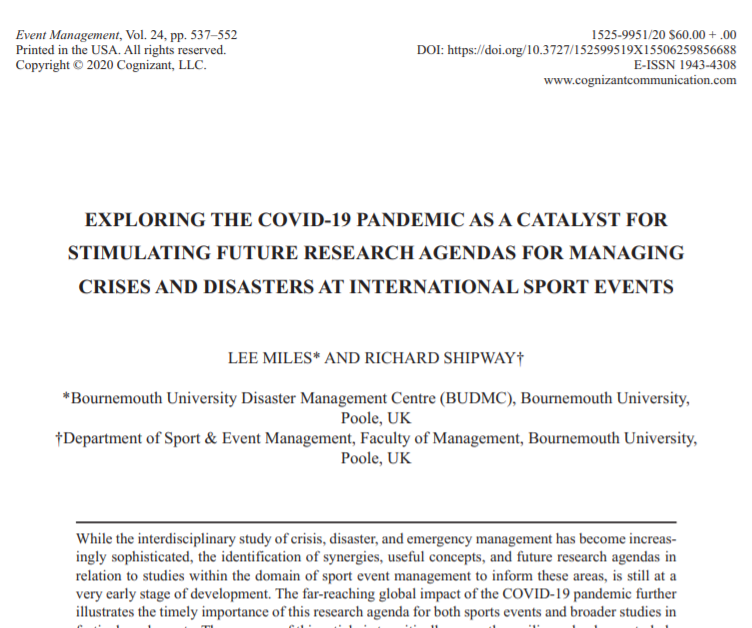

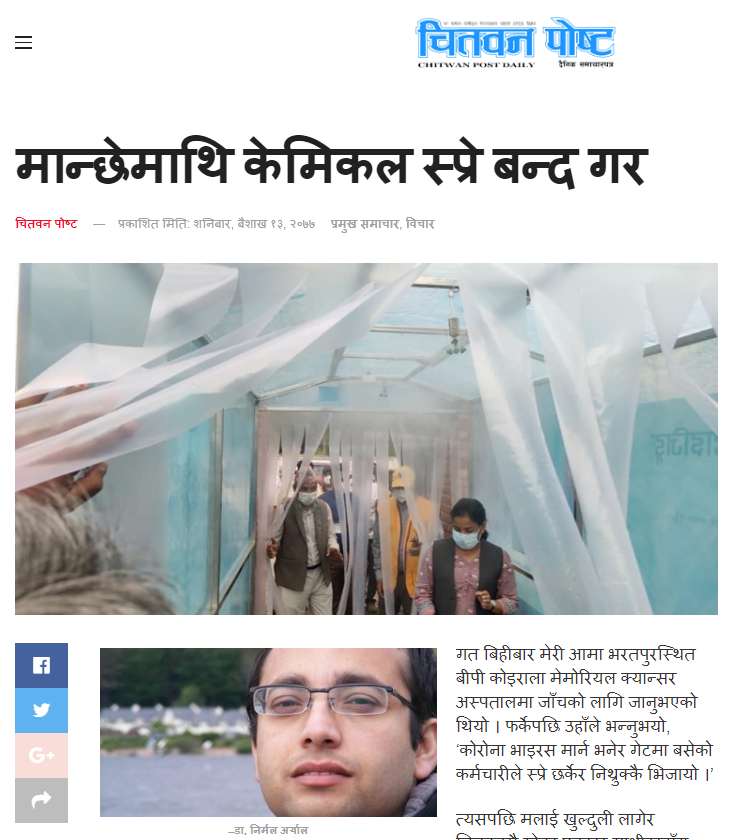



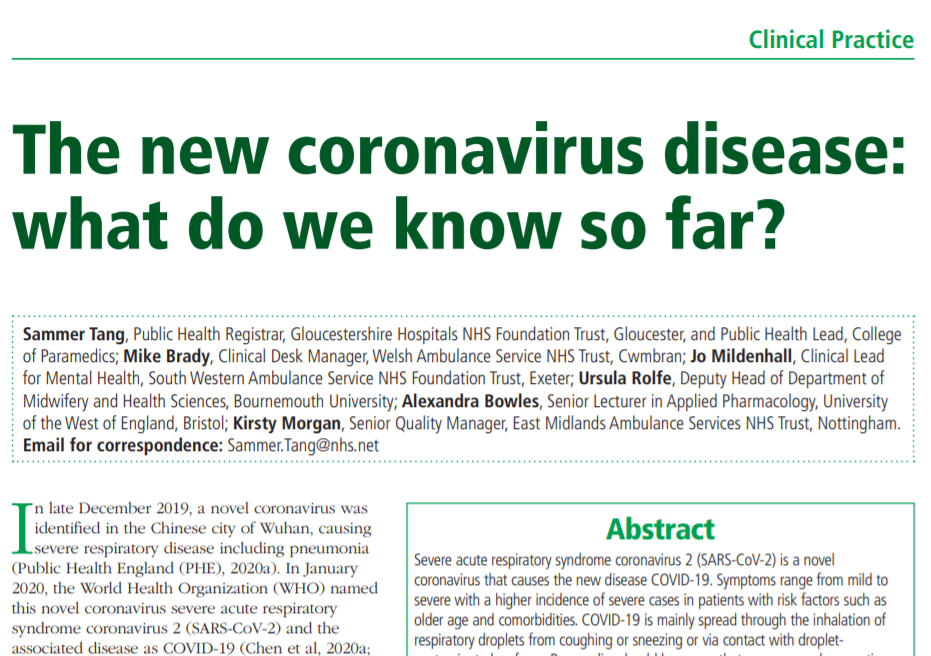
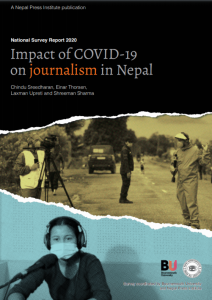
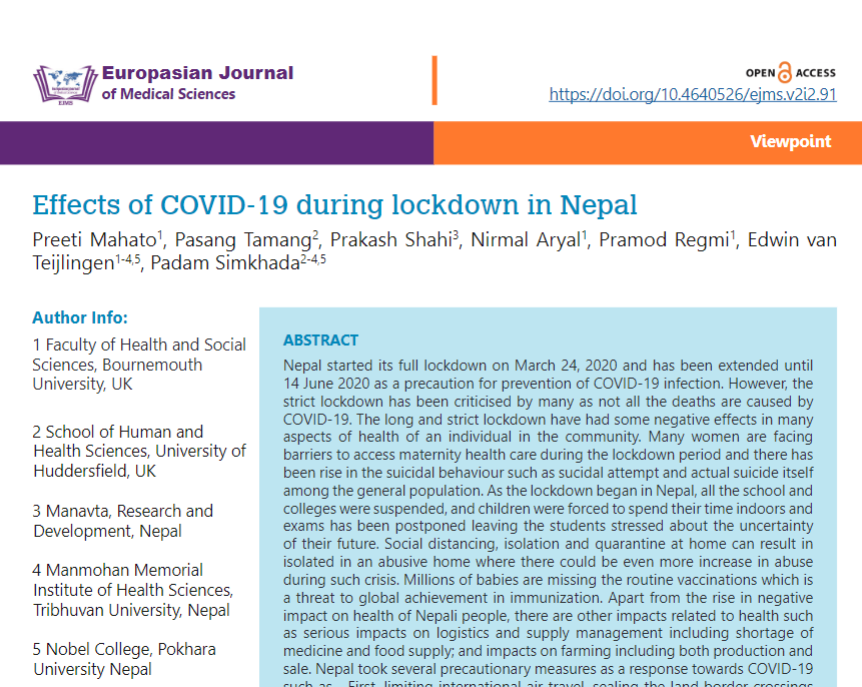
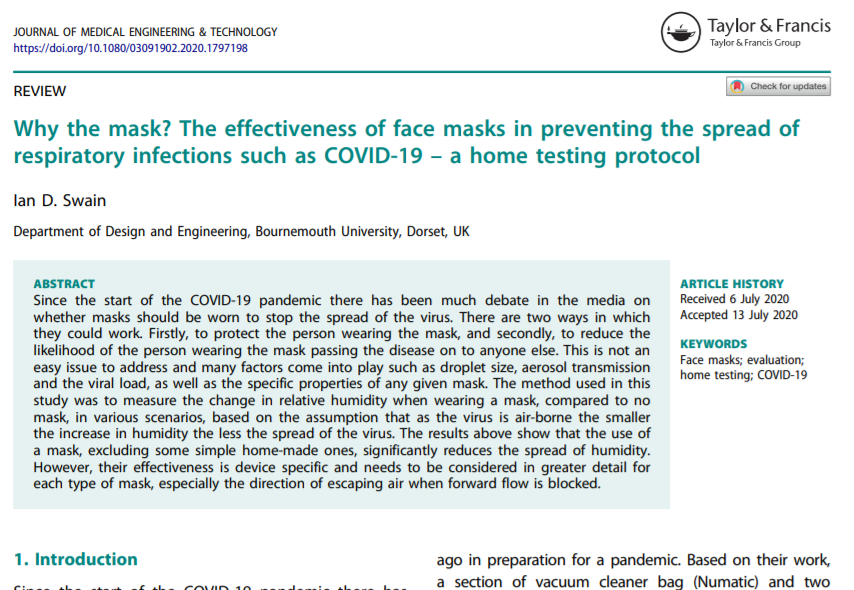


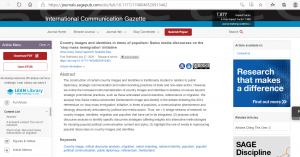

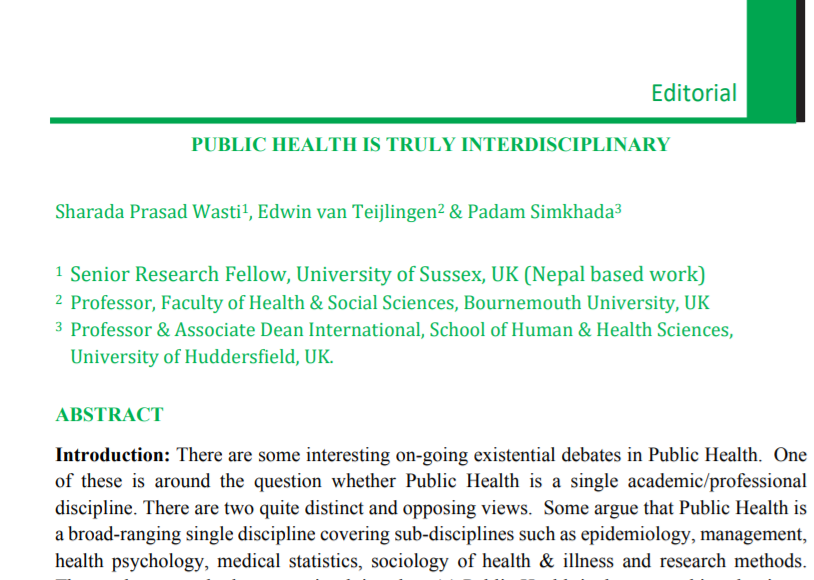











 BU attendance at third annual GCPHR meeting in June
BU attendance at third annual GCPHR meeting in June Interactive Tangible and Intangible Heritage Applications – BU student work featured in new book chapter
Interactive Tangible and Intangible Heritage Applications – BU student work featured in new book chapter Second NIHR MIHERC meeting in Bournemouth this week
Second NIHR MIHERC meeting in Bournemouth this week MSCA Postdoctoral Fellowships 2025 Call
MSCA Postdoctoral Fellowships 2025 Call ERC Advanced Grant 2025 Webinar
ERC Advanced Grant 2025 Webinar Horizon Europe Work Programme 2025 Published
Horizon Europe Work Programme 2025 Published Horizon Europe 2025 Work Programme pre-Published
Horizon Europe 2025 Work Programme pre-Published Update on UKRO services
Update on UKRO services European research project exploring use of ‘virtual twins’ to better manage metabolic associated fatty liver disease
European research project exploring use of ‘virtual twins’ to better manage metabolic associated fatty liver disease